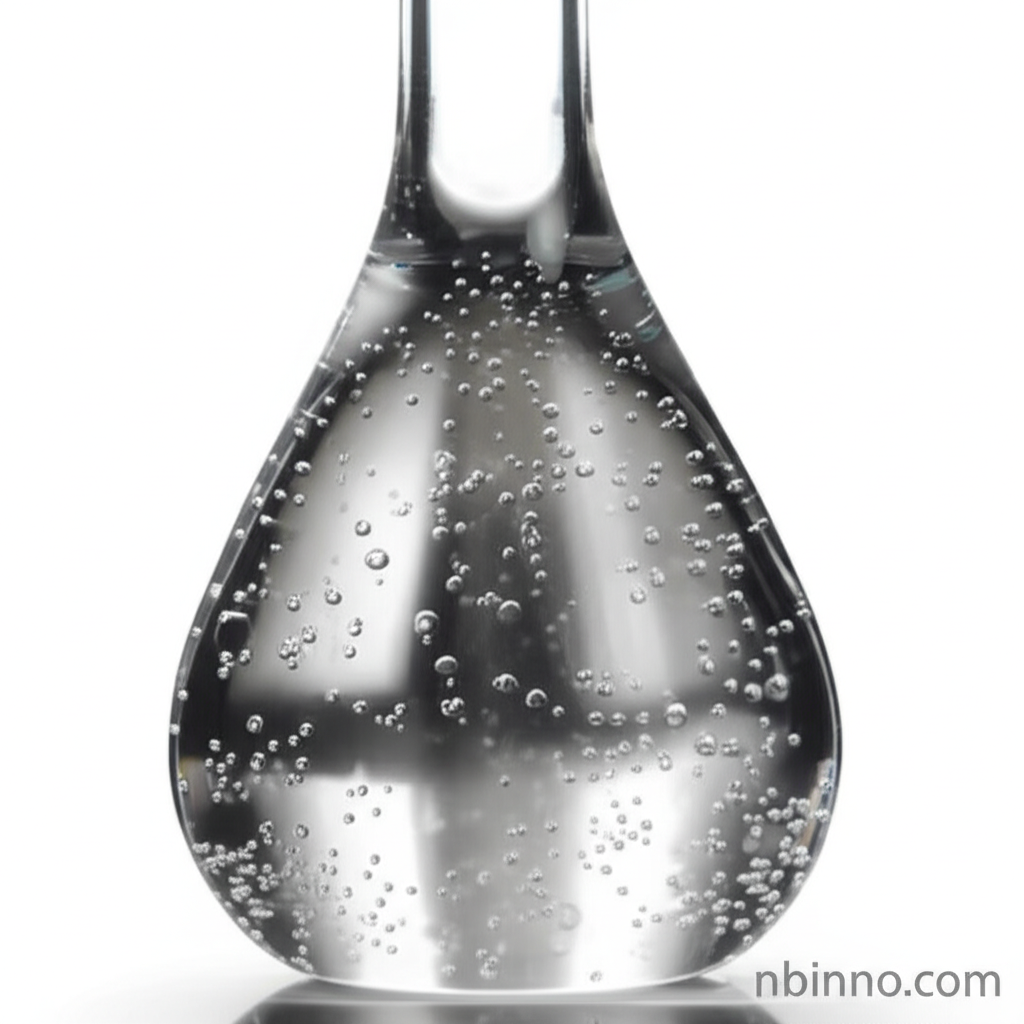Hydride Terminated Polydimethylsiloxane (HTPDMS): The Versatile Key to Advanced Silicone Formulations and Rubber Performance
Unlock superior material properties with HTPDMS – the essential building block for high-performance silicones, enhancing durability and flexibility across diverse applications.
Get a Quote & SampleProduct Core Value: Unleashing Material Potential

Hydride Terminated Polydimethylsiloxane
Hydride Terminated Polydimethylsiloxane (HTPDMS), identified by its CAS No. 70900-21-9, is a cornerstone chemical in the silicone industry. As a colorless, transparent liquid, its unique molecular structure, featuring lively Si-H bonds, makes it an exceptionally reactive and invaluable intermediate. This enables the creation of innovative materials with enhanced properties, driving advancements across various sectors.
- Essential for Rubber Enhancement: HTPDMS functions as a critical chain extender for addition cure liquid silicone rubber, significantly improving the product's elongation at break and overall durability.
- Versatile Crosslinking Agent: Beyond chain extension, it serves as an effective crosslinker for hot vulcanized silicone rubber, contributing to a reduced hardness while boosting toughness.
- Foundation for Modified Silicones: As a primary raw material for end-reactive linear modified silicone and a key intermediate for block copolymerization, HTPDMS is vital for synthesizing advanced organic polymer modified materials.
- Effective Moisture Protection: Leveraging its excellent moisture-proof properties, HTPDMS is also widely employed in applications requiring robust barrier functions.
Product Advantages and Benefits
Enhanced Material Durability
By acting as a hydride terminated polydimethylsiloxane chain extender, this product substantially improves the elongation at break and increases the toughness of the final silicone rubber, leading to more resilient products.
Optimized Hardness Control
When used as a crosslinker for addition cure liquid silicone rubber, HTPDMS effectively reduces the hardness of the cured material, allowing for greater flexibility and versatility in applications that demand a low hardness addition cure silicone rubber.
Flexible Formulation Opportunities
Its role as a silicone intermediate for block copolymerization and a raw material for modified silicones opens up vast possibilities for creating bespoke polymer structures tailored to specific performance requirements, offering broad applicability.
Key Applications
Advanced Silicone Rubber Manufacturing
HTPDMS is an indispensable chain extender and crosslinker, crucial for manufacturing high-performance addition cure liquid silicone rubber and hot vulcanized silicone rubber used in various industries.
Textile Waterproofing
It provides superior water repellent treatment for textiles, enhancing fabric durability and protective qualities, which is a key benefit of hydrogen silicone oil.
Polymer Modification & Synthesis
As a key intermediate, HTPDMS is vital for the hydrosilylation of basic raw materials and the synthesis of organic polymer modified materials, allowing for advanced material science innovations.
Specialty Chemical Production
Its active Si-H bonds make it a core component in producing specialized silicone fluids and modified silicones for niche applications like medical devices and automotive heat dissipation.
